.svg)
.svg)
.png)
















.webp)



.png)

%201.webp)

















.webp)



.png)

%201.webp)





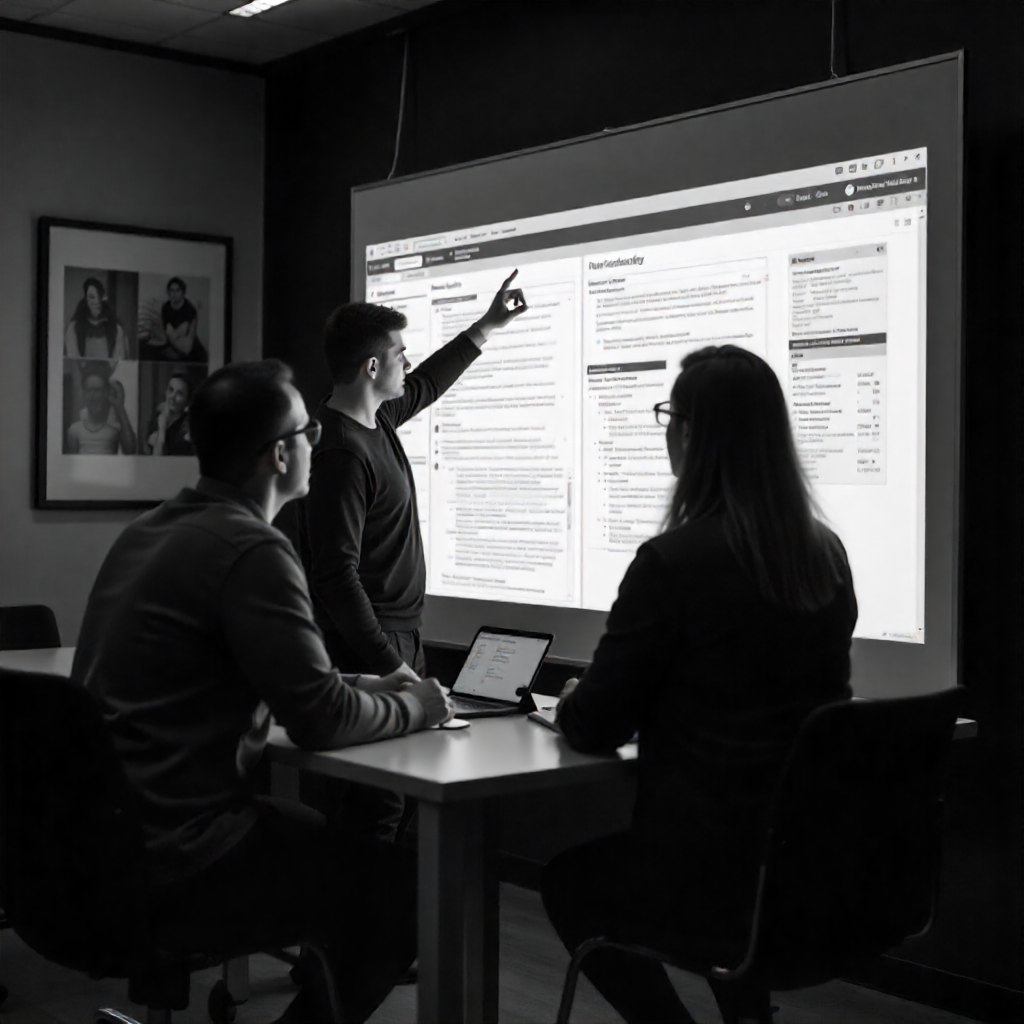







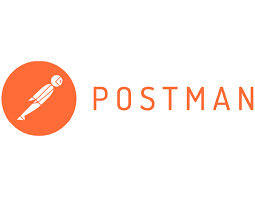

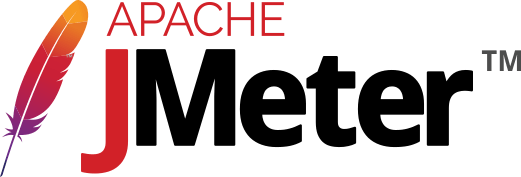
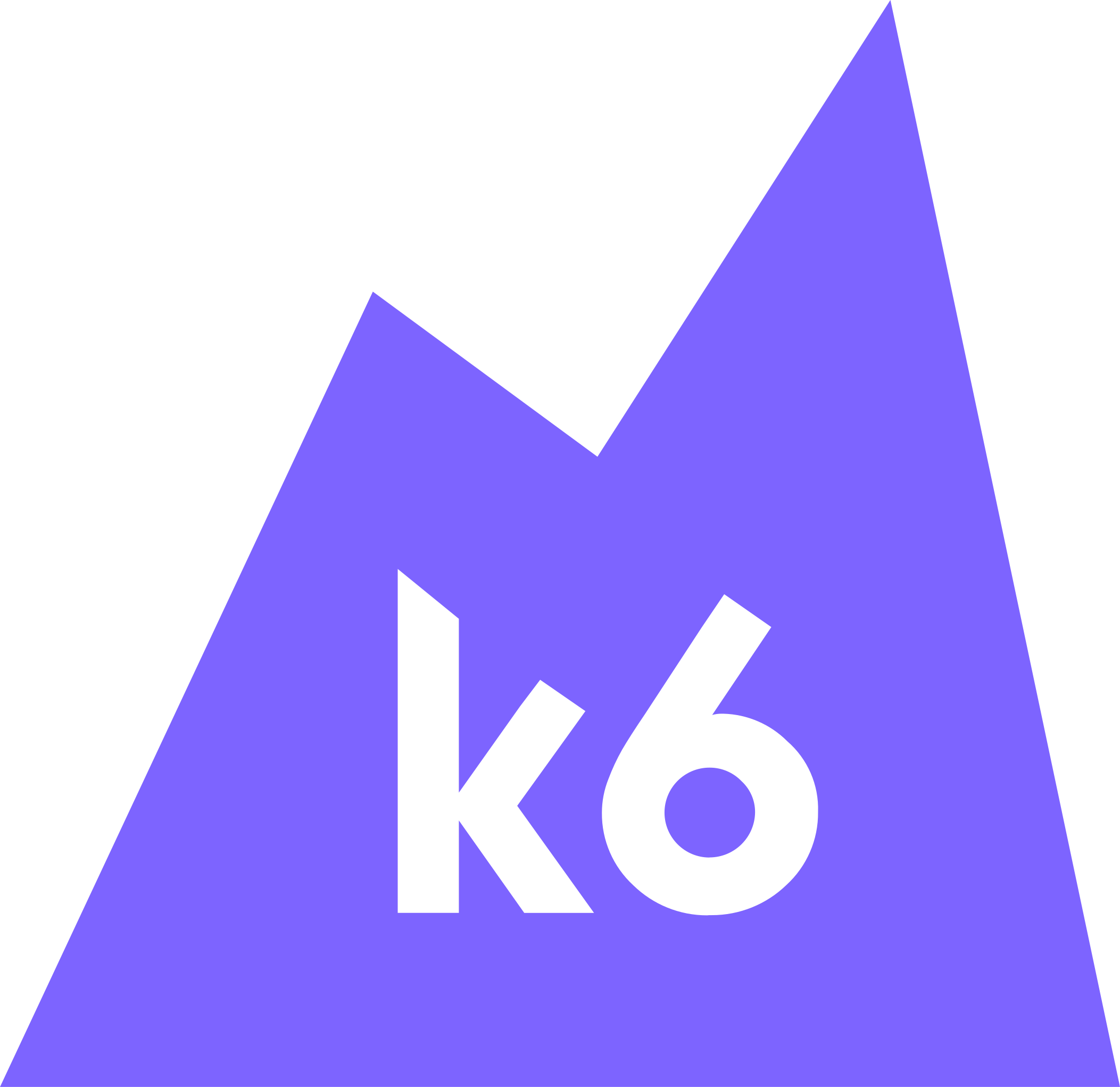



.png)

.png)
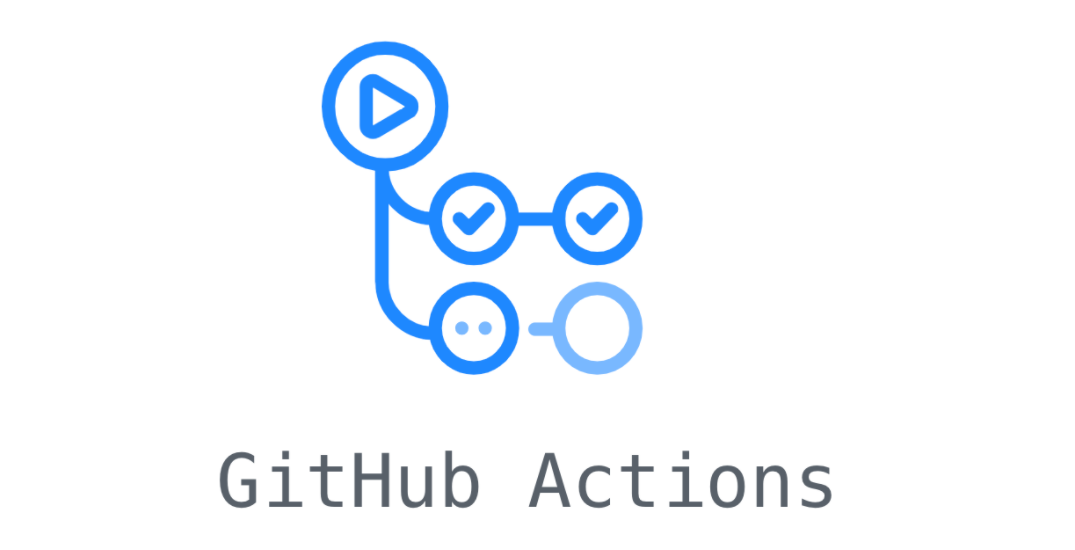
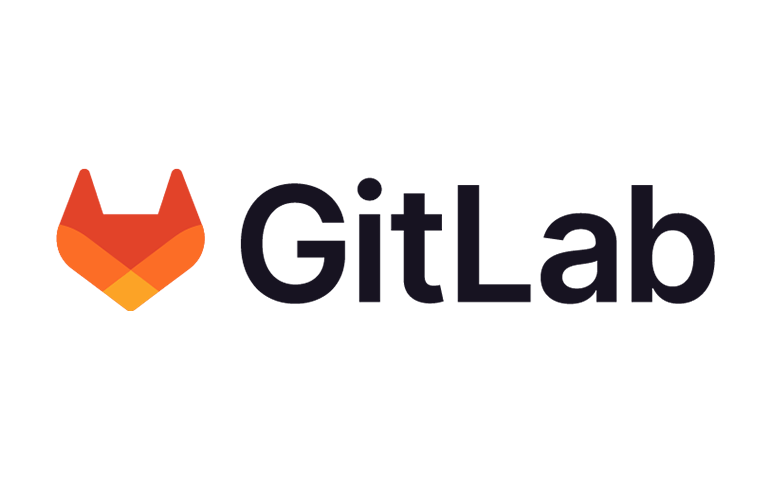
Everything you need to know about how we onboard, collaborate, measure success, and secure your QA operations.

We start with an audit-first sprint: product walkthrough, risk review, environment check, data policy, and tooling fit. Output: a 90-day test plan with priorities, owners, and KPIs.

We join your standups, sprint ceremonies, and channels. We use your Jira, Git, CI, and docs. We act like an internal QA function, not a vendor on the side.

Backlog/PRDs, access to staging/test data rules, read access to repos/CI, a stakeholder map, and a 60-minute product demo.

Daily async updates, weekly risk review, and monthly QBR. All evidence and decisions live in Jira; BetterBugs.io auto-attached logs, screenshots, and steps to issues.

We audit before we plan. Then we design, execute, and improve — continuously. We maintain living documentation and traceability via BetterCases.

Yes, a 2–4 week audit + limited execution sprint with clear success criteria before scaling full engagement.

Executed/blocked tests, defect heatmap, risk register, automation stability, next-week plan, and linked evidence from BetterBugs.io.

Defect leakage, regression cycle time, automation stability, reopen rate, and lead time from “ready for test” to “done.”

We baseline in month one and track improvements across cycle time, critical leak reduction, triage time, and pass rates by month 2–3.

Yes. CI status, coverage, flake rate, and open defects, all visualized in a customizable release-readiness dashboard.

We measure flake rate, quarantine unstable tests, fix root causes, and only count stable suites toward coverage metrics.

Trends, roadmap risks, capacity planning, and an improvement backlog with owners and timelines.

Latest + previous Chrome, Firefox, Safari, Edge; iOS/Android across budget/mid/premium tiers. The matrix is tailored to your analytics data.

Based on risk and usage. Critical paths and high-traffic platforms get deeper scenarios and earlier automation.

Yes. We prefer synthetic or masked data and document generation, retention, and cleanup procedures.

Least-privilege access, encrypted transit/storage, redaction in BetterBugs.io, and defined retention windows.

Yes — we set seed data, flags, health checks, rollback plans, and document environment runbooks.

We use your vault or ours, never store secrets in repos, and enforce rotation schedules.

QAaaS: we own strategy, execution, and KPIs (managed pod).
Build Your Team: you lead the day-to-day; we provide vetted QA/SDET talent and manage people ops.

Typical minimum: 3 months. Ramp: discovery + audit (7–10 days), then kickoff. Urgent smoke coverage can run in parallel.

QAaaS: monthly pod pricing.
Build Your Team: monthly per engineer by skill/seniority. SLAs are clear in both models.

Yes, planned quarterly with surge options and a notice period.

We can bring our stack (BetterBugs.io/BetterCases) or use yours. Licenses are scoped in the SOW.

Yes — project-based SOW with defined deliverables and acceptance criteria.

Absolutely. NDAs, DPAs, and IP clauses are standard in all engagements.

Practices aligned with SOC 2 and ISO 27001: access control, logging, encryption, and change management.

We follow data minimization, masking, and redaction. No production PII in bug tickets — ever.

In client-approved regions/providers only. Evidence from BetterBugs.io follows your data retention policy.

Only with your prior approval and under equivalent security and contractual controls.

Yes — we maintain audit-friendly artifacts, mapped controls, and full traceability via BetterCases.

Yes, modules can be activated anytime without disrupting core delivery.are standard in all engagements.

Module-based SOWs or reallocation of pod capacity — your choice.

1–2 weeks for SLO discovery, test design, and initial load profiling; tuning continues in subsequent sprints.

Yes, UAT scripts, facilitation, sign-off packets, and go/no-go readiness assessments are part of delivery.

Yes, live CI gates, coverage metrics, defect risk, and open blockers in one view.

Yes, production telemetry directly informs test scenario priorities and coverage mix.

We replace quickly at our cost, maintaining continuity through shadowing and documented playbooks.

Through living documentation, traceability in BetterCases, environment runbooks, and pod-level cross-training.

Bench coverage, overlapping schedules, and documented handoffs; capacity is planned quarterly.

Typically a QA Lead + SDET(s) + Functional QA, tailored to your roadmap risk and automation goals.

IST primary with US/EU overlap available; 24×5 coverage upon request.

Yes — ongoing coaching, code reviews for test quality, and regular standards updates to keep quality rising.
DRAG